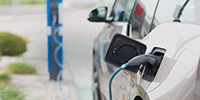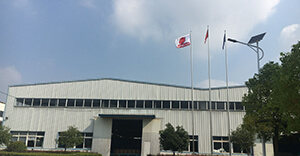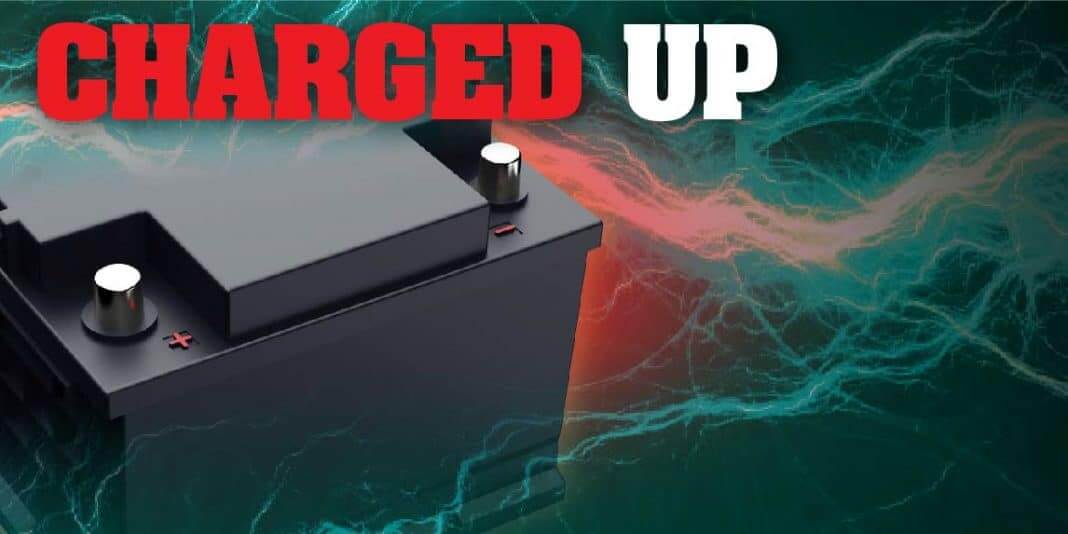Wisdom Power Tech| Premature Lead-Acid Battery Failure
Explore what causes corrosion, shedding, electrical short, sulfation, dry-out, acid stratification and surface chargeThe integrity of any standby power system is reliant on the battery installed, if the battery is degraded then the system will not provide the necessary or expected back up power when required. This can be a serious issue for environments that are reliant on back up power from uninterruptible power supplies, and even critical when emergency lighting is considered. So what causes early life failure in VRLA battery systems and how can maximum service life be achieved? The following offers some of the main causes of life failure that should be understood. AMBIENT TEMPERATURE. Temperature is possibly the most common cause of life failure in lead acid battery systems, high ambient battery room temperature is a common issue that needs to be addressed within any battery installation environment. Most valve regulated lead acid battery manufacturers will specify a temperature range of 21 to 25 degrees celsius as necessary to achieve optimum service life. For an in depth look at how temperature affects lead acid battery life please refer to our previous blog post How Does Temperature Affect Lead Acid Batteries?. OVER CHARGING. Batteries that are exposed to over charging can experience excessive gassing, water consumption and grid corrosion causing the battery to fail in a very short amount of time. Sustained over charging can lead to destructive thermal runaway which can cause the battery to rupture and melt. UNDER CHARGING. Not allowing for the battery to return to its charged state will cause the battery to form sulfate on on its lead plates and seriously compromise the batteries performance. Continued undercharging will inevitably lead to failure of the battery altogether. To avoid incorrect charging it is always best to make sure you are using the correct type of charger, rated correctly to suit your battery type. DELAYED RECHARGING. For lead-acid batteries, it is essential to recharge after use. This is because when a battery is discharged the electricity produced is created by the electrolyte converting to sulfate crystals on the plates of the battery. Initially, this sulfate is soft and can be reconverted back to electrolyte when the battery is put on recharge. If this recharge is deleted by any significant time period then the sulfate will harden and not convert back, this is known as battery sulfation. EXCESSIVE CYCLING. All lead acid batteries have a finite number of discharge and recharge cycles, how many cycles a battery system will provide is dependent on the type of battery chemistry being used (for example AGM or Gel) and the depth of discharge of each cycle. The deeper the discharge of each cycle then the less cycles the battery will be able to provide. INCORRECT INSTALLATION. For any battery system to operate properly it must first be correctly installed with careful handling and manufacturers installation instructions observed and followed. All manufacturers will issue manuals providing instruction for installation of batteries, it is important to ensure to carry out works using the information provided. INCORRECT TORQUE. When connecting batteries in series and parallel it is essential to use torque settings as advised by the manufacturer and make this common for each battery connection. Failure to do this can lead to batteries significantly underperforming and charging becoming inefficient. MANUFACTURING FAULTS. Todays manufacturing processes are highly automated which has lead to genuine manufacturer faults becoming quite uncommon, however the types of deficiencies that can occur include faulty post seal design, paste irregularities (paste lumps causing shorts between plates), case weaknesses and internal connection issues. MAINTENANCE. Essential battery systems should be regularly checked and maintained to ensure integrity, this can include electrical measurements of each battery and environment observation to ensure ambient temperature, airflow and general battery room conditions are kept suitable and within Over-charging a lead-acid battery will accelerate positive grid corrosion leading to reduced cycle life. Lithium batteries cannot be over-charged as the Battery Management System protects against this. Over-discharging a lead-acid battery will damage the plates and significantly reduce life and could even result in reversing polarity of the plates to a point that they are permanently damaged. Lithium batteries cannot be over-discharged as the Battery Management System also protects against this. A lead-acid battery must be stored at 100% state of charge and must be boost-charged regularly to maintain this status. If they are not kept at 100% state of charge, they will ultimately sulfate and we’ve discussed the devastating effects of sulfate. If they are not fully charged and the temperatures are below freezing, the electrolyte can freeze, and the case can crack, permanently destroying the battery. Lithium batteries do not need to be fully charged prior to storage and there is no damage to the lithium cells at partial states of charge. As you can see, lithium batteries completely eliminate the main culprits that reduce the life, often significantly, of a lead-acid battery. |















